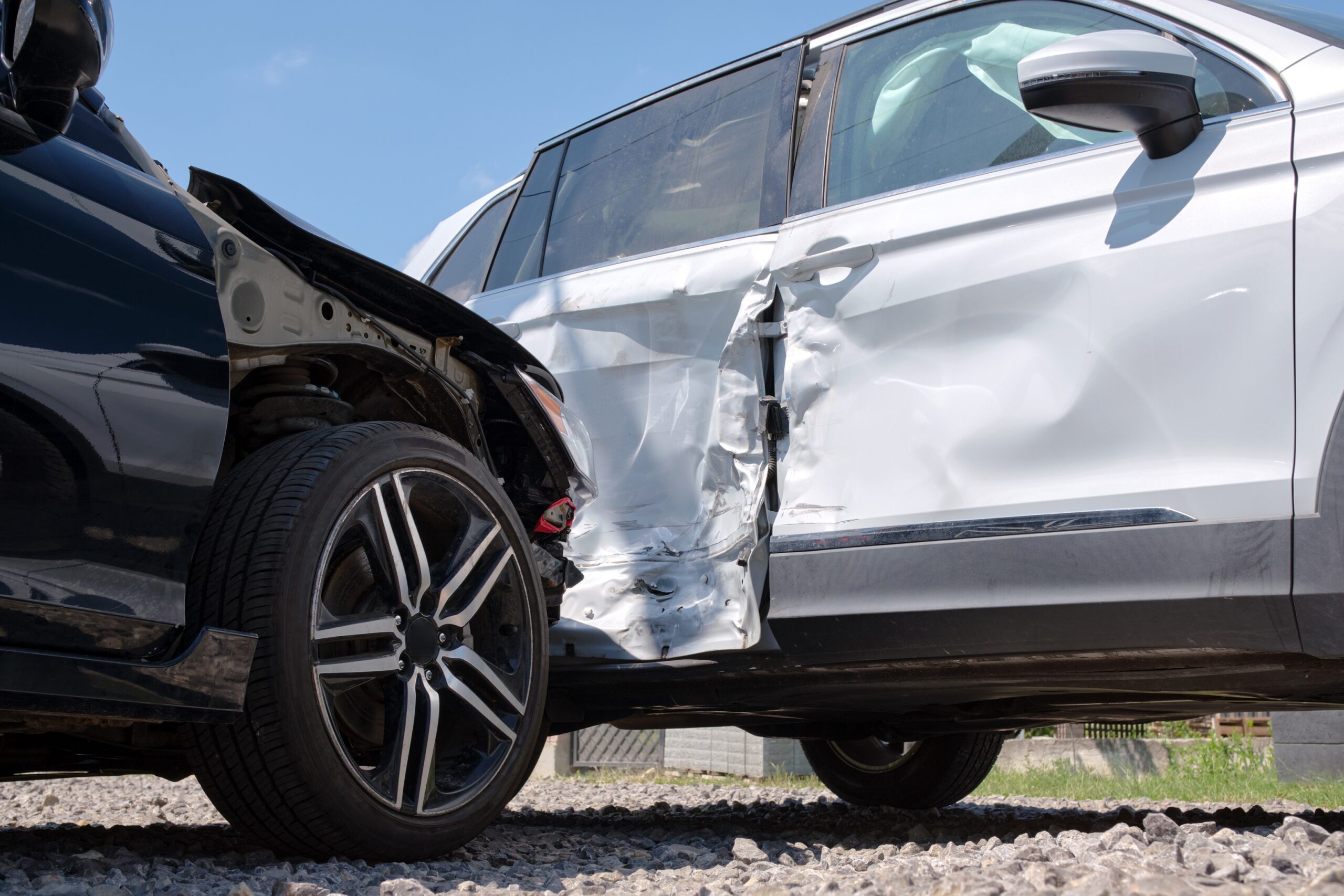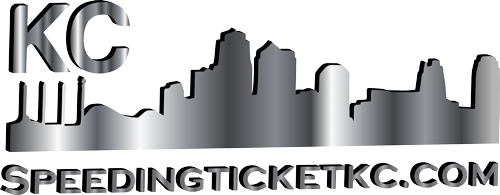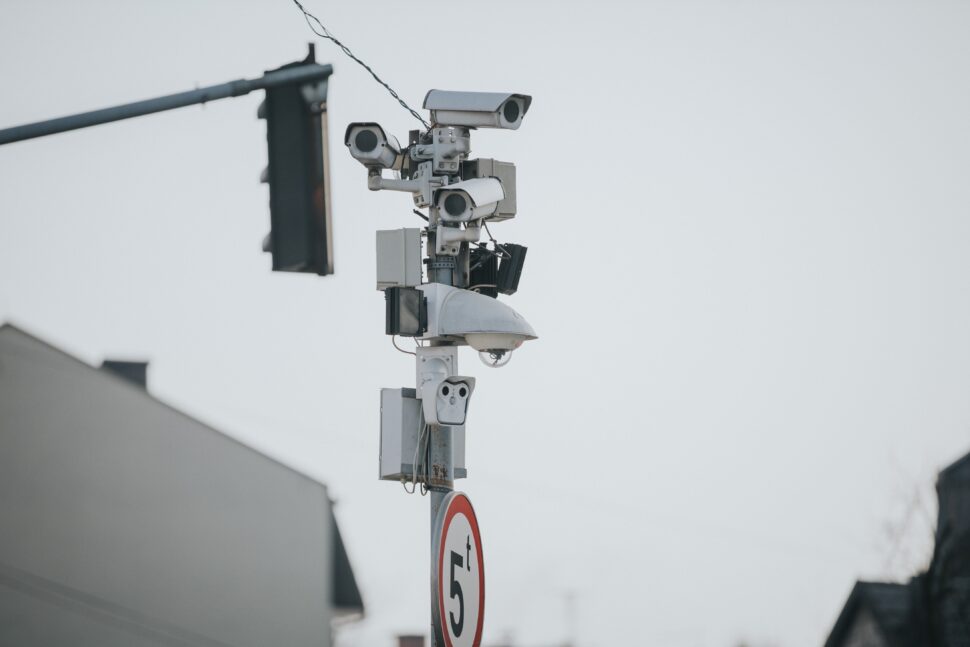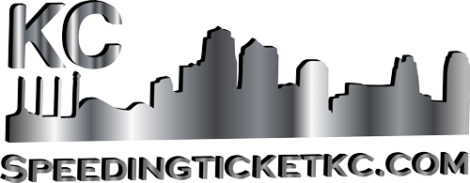Liability in T-Bone Accidents: Is It as Black and White as Rear-End Collisions? – Guest Post

T-bone accidents, also known as side-impact collisions, occur when the front of one vehicle crashes into the side of another. These collisions can be particularly dangerous given the limited protection for occupants where the impact occurs, often resulting in severe injuries.
Unlike rear-end collisions, where the fault is usually clear, determining liability in T-bone accidents requires examining various factors. Car accident attorneys understand that assigning fault in these cases can be intricate and challenging due to multiple potential scenarios.
In this article, we will discuss the factors that determine liability in T-bone accidents and the evidence used to support these determinations. Read on to better understand these complex collisions and the potential legal implications.
Understanding T-Bone Accidents
T-bone accidents, or side-impact collisions, occur when the front of one vehicle crashes perpendicularly into the side of another vehicle, forming a “T” shape. These accidents frequently happen at intersections where one driver fails to yield the right-of-way, running a red light or a stop sign. They can also occur in parking lots, where drivers’ visibility and spatial awareness might be compromised.
The most perilous aspect of T-bone accidents is the point of impact being directly on the vehicle’s side, where there is significantly less structural protection compared to the front or rear. This often results in severe injuries to the occupants closest to the site of impact, ranging from broken bones and internal injuries to traumatic brain injuries and, in the worst cases, fatalities.
Factors Determining Liability in T-Bone Accidents
Unlike rear-end accidents where fault often lies with the trailing driver, T-bone crashes can be a puzzle.When assigning liability, several factors come into play, and understanding these factors is crucial in determining who’s responsible for the damages.
Right-of-Way Violations
Traffic laws establish who has the right to proceed at intersections and other situations. Disregarding these rules, like running a stop sign, red light, or failing to yield to oncoming traffic, can be a major factor in assigning fault for a T-bone accident.
Imagine a driver speeding through a red light and slamming into a car crossing the intersection with a green light.In this scenario, the driver who disregarded the red light would likely be held liable.
Driver Negligence
Liability can extend beyond right-of-way violations.Actions like distracted driving, texting while driving, speeding, or reckless driving can all contribute to a T-bone accident.For instance, a driver talking on their phone might not see a car entering an intersection and cause a collision.
Shared Fault
In some cases, both drivers might share responsibility for a T-bone accident.This could happen if, for example, one driver runs a yellow light and another driver makes a left turn without properly checking oncoming traffic. An investigation would determine the percentage of fault each driver bears, impacting how much compensation each receives.
Evidence Used to Determine Liability
Gathering evidence is critical in establishing fault after a T-bone accident. This evidence helps paint a clear picture of what transpired.
- Police Reports: These reports document the officer’s observations of the accident scene, including skid marks, vehicle damage, and witness statements.
- Witness Testimony: Unbiased accounts from bystanders can be crucial in piecing together the events leading up to the collision.
 Traffic Camera Footage: Security or traffic cameras near the intersection can provide valuable visual evidence of the accident.
Traffic Camera Footage: Security or traffic cameras near the intersection can provide valuable visual evidence of the accident.- Vehicle Damage: The location and damage pattern on both vehicles can indicate the direction of impact and the force involved, offering clues about how the accident unfolded.
- Accident Reconstruction Experts: In complex cases, experts may analyze the evidence and even recreate the accident scene to determine how it happened. These experts can be crucial in determining liability in disputed cases.
Additional Considerations
Not all states handle T-bone accident liability the same way. In some states with comparative fault laws, the percentage of fault assigned to each driver determines their share of compensation. For instance, if you’re found 20% at fault for a T-bone accident, your compensation award might be reduced by 20%.
Another factor to consider is manufacturer liability. If a malfunctioning vehicle component, like faulty brakes or steering, caused the accident, the car manufacturer could be held partially liable. This scenario is especially relevant in newer vehicles with advanced safety features that may malfunction unexpectedly. In these cases, a product liability lawsuit against the manufacturer may be necessary to seek compensation for injuries and damages.
Seeking Legal Counsel
If you or a loved one have been involved in a T-bone accident, seeking legal counsel from experienced car accident attorneys is crucial to protect your rights and ensure fair compensation.
A knowledgeable attorney can help gather evidence, negotiate with insurance companies, and represent you in court if necessary. With their expertise, you can focus on recovering from your injuries while they handle the legal aspects of your case.

 Traffic Camera Footage: Security or traffic cameras near the intersection can provide valuable visual evidence of the accident.
Traffic Camera Footage: Security or traffic cameras near the intersection can provide valuable visual evidence of the accident.